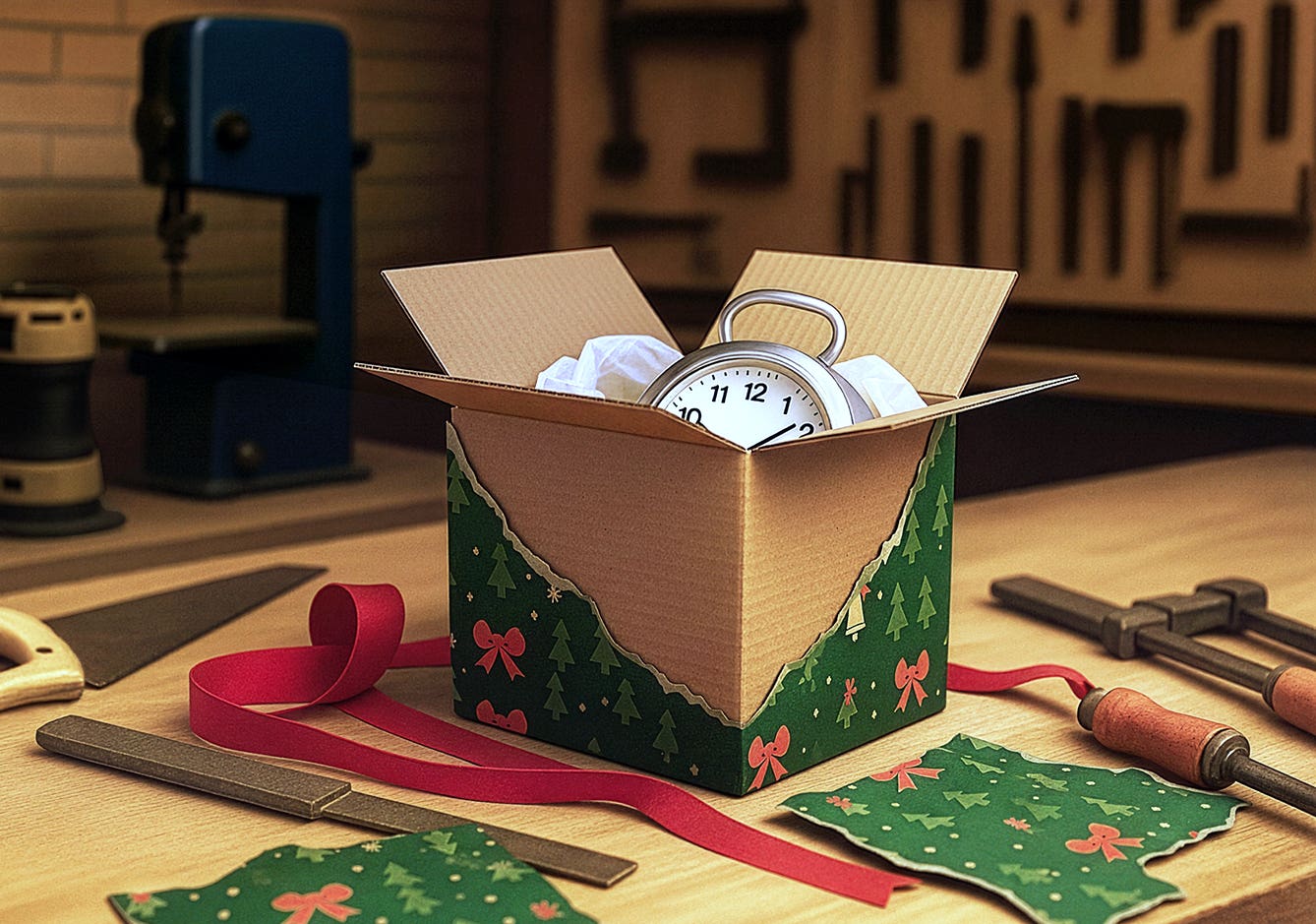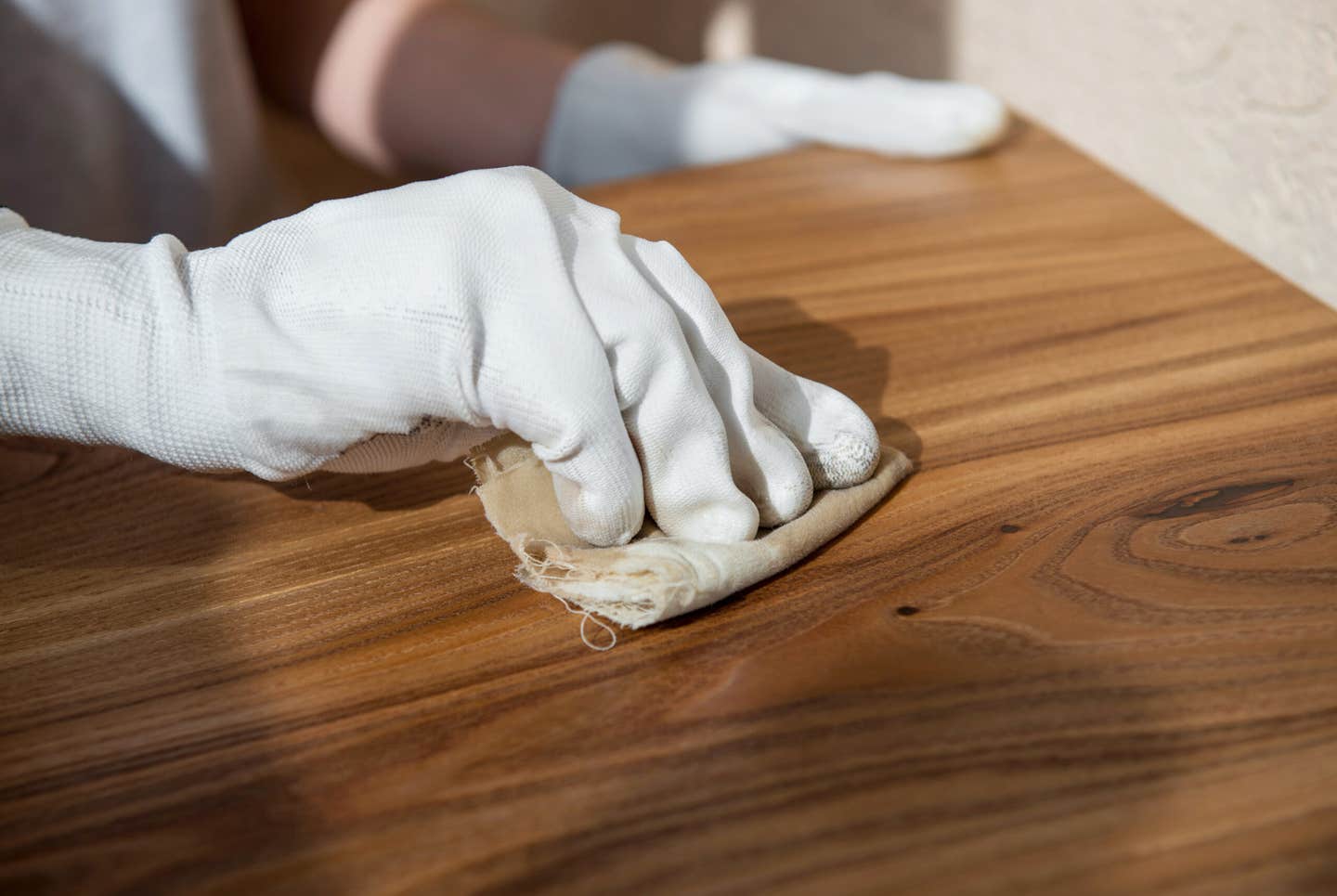OK, what was that for?
I was rummaging around in my shop the other day … well, actually what I was doing was cleaning” my shop. I put that in quotes because in this context,…
I was rummaging around in my shop the other day ... well, actually what I was doing was cleaning" my shop. I put that in quotes because in this context, words like "clean" have relative, not absolute values and cannot be properly interpreted without being aware of the condition of things prior to the cleaning. At any rate, I really did want to get rid of a bunch of accumulated stuff that had been getting shoved back into the corners and under the benches for years.
I began pulling out a number of odd looking pieces with other odd looking pieces screwed to them in various odd configurations and I immediately recognized these as "jigs" ... things I had made to aid in the making of other things. As soon as I had this brilliant realization, I understood why these things were still stuffed under my bench. Every time I "clean" my shop, these artifacts are spared a trip to the dump on the grounds that they must be useful or I would have thrown them away long ago. And who knows? I might want to make whatever the jigs were made to aid in the making of again sometime.
There is only one problem. I haven't the slightest idea what many of them are for. And even for the ones that I can actually remember what they were for, I cannot remember what bits, guides, etc, I used with them. Now I'm sounding like a rank amateur because any "experienced pro" knows that you are supposed to write this information on the jigs and store them with samples of the pieces they are intended to produce so that when you need them again 15 years later, you will not be dependent on the total recall of your cobwebbed brain.
But alas, I am not a patient man. I'm one of those guys whose first thought after pulling the car out of the driveway is "Oh crap .... other cars." And I am also a bit conceited in that I think I have a "perfect" memory and that there is no way I'm ever going to forget what a jig is for. Well, guess what? Wrong! So now I have a pile of jigs, not under my work bench but on top of my workbench because I'm determined to identify every one and properly catalog them. That way, 15 years from now (God willing) when I pull them all out from under the bench again I will at least know what they are for.
D.D.
David DeCristoforo possesses an extensive resume as designer/maker of fine furniture, high-end cabinetry and architectural woodwork. His experience in professional woodworking spans a period of 35 years. For the past 20 years David DeCristoforo Design has been located in Woodland, California. During this time David's shop has ranged in scope from a "full on" cabinet production shop with as many as 15 employees to a small fine furniture and custom millwork shop, working with his son, David RBJ, a highly skilled maker in his own right.







